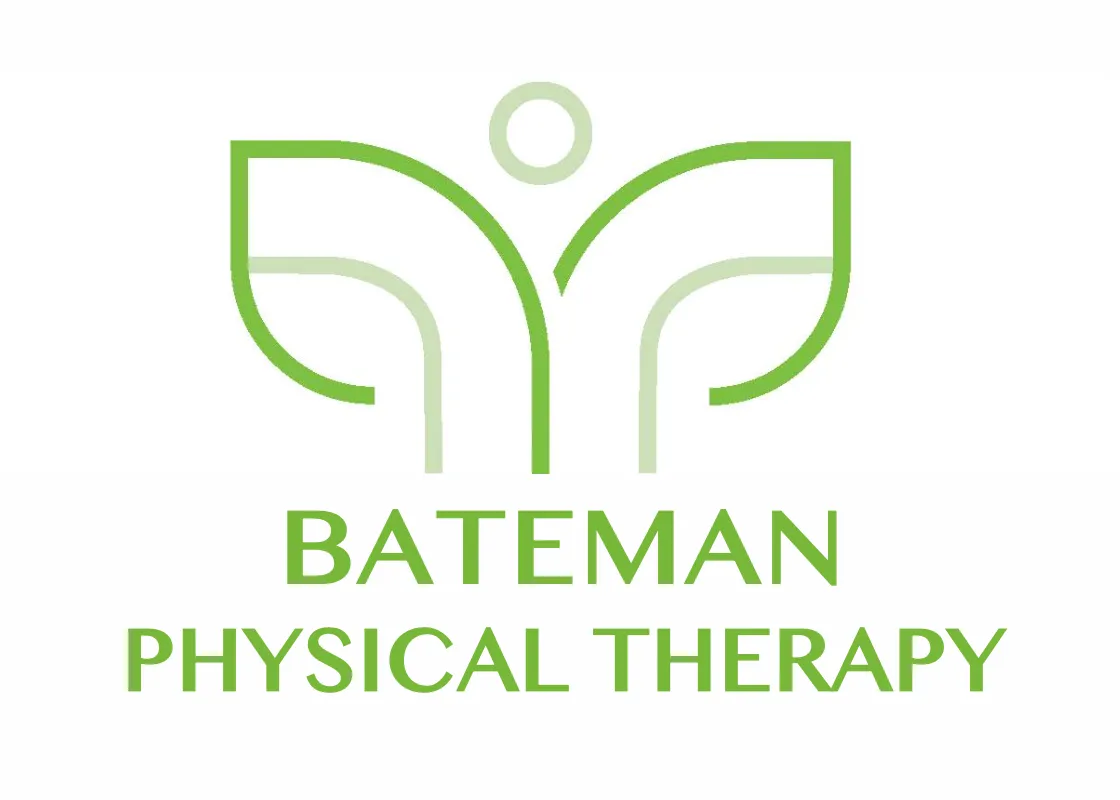In professional baseball, we are seeing trends that the game is becoming more powerful in its nature. This includes rising fastball velocities and increases in home run totals. See Camilo Doval (101 MPH cutter) and Darin Ruf (110 MPH HR). As such, athletes are needing to build out bigger engines to stay competitive. For aspiring baseball players, this means they need to throw faster and hit harder.
However, when playing at higher speeds and greater overall loads the risk of injury increases. It is the role of strength and conditioning specialists and physical therapists to manage the amount of load a player sustains in order to reduce the likelihood of injury. The next several paragraphs will overview specific injuries to look out for in the developing baseball player, and what to do about it.
SPORT SPECIALIZATION AND BASEBALL INJURIES
Due to rising physical demands and heated competition, athletes are specializing in their respective sport at earlier ages. Over the past decade, the number of games played by young baseball players on an annual basis has grown substantially. With this increase in competition load, developing bodies are oftentimes put under excessive stress and incur overuse injuries.
Thomas Caruso, CSCS, RSC in his article Early Sport Specialization vs. Diversification in Youth Athletes discusses how the developing body is more likely to incur injuries along the growth plates involving the elbow and shoulder (aka “little league elbow” and “little league shoulder”). This is due to the muscles and tendons growing faster than bone in adolescents; extra care must be taken to manage load on bones and their growth plates.
WHAT IS A GROWTH PLATE?
- Growth plates are made of soft cartilage that build bone
- In the arm, there is a growth plate near the shoulder and near the elbow
- A growth plate remains “open” until an adolescent/teenager is done growing; at which point the cartilage hardens (also known as ossification or calcification)
- While the bone remains open, it is a weak spot for repetitive load
WHY DO BASEBALL THROWING MECHANICS HELP TO AVOID INJURIES?
- Throwing places traction-like load on growth plates in the shoulder and elbow
- If throwing is not managed appropriately, it can create inflammation, separation of growth plates, and sometimes lead to “avulsion fractures” (where bone is pulled away from bone by a tendon)
WHEN LOVE FOR THE GAME CAN CAUSE A LIFE-ALTERING INJURY
The game of baseball has always been special to me. I grew up playing the game and it played a significant role in shaping the husband, dad, and physical therapist I am today. I can still remember the first pop fly I ever caught playing T-Ball. The bright green and yellow colours of my glove with the face of Michelangelo (one of the ninja turtles) on the palm. Pulling the ball from my glove in absolute shock as I excitedly showed it to my mom who was sitting in the stands. I remember the first time I made a travel ball team and the game-filled tournament weekends playing in the scorching heat to the frigid cold.
Naturally – as my love for the game increased, alongside my competitiveness and desire to “be the best,” the number of games and practices I played increased as well. All I wanted to do was be on the field commanding the pitcher’s mound. What I didn’t pay attention to or even think about was the sheer volume of throwing I was doing and the increasing soreness I began experiencing later in my career. I just wanted to play.
This utter disregard for my training volume is ultimately what landed me on the operating room table to repair the labrum in my shoulder. Before my surgery the pain I would experience when I attempted to throw a baseball was excruciating and I couldn’t ignore it any longer.
MY REHAB JOURNEY
With the love and support of my family, I was able to rehab my shoulder and get back to the field. However, it was never the same again. I had lost my control and velocity. I felt it was too late in my playing career to successfully get back to my previous level.
Now, life has come full circle. As a physical therapist, I have spent my life studying the human body, tissue properties, injury recovery, injury prevention, and performance; so I can ensure that players are able to compete at the highest level while avoiding injury. To that end, I will continue to unpack the importance of monitoring training volume and bring to light the early warning signs that an athlete might be at risk of serious injury.

WHAT WARNING SIGNS DO YOU NEED TO LOOK FOR WHEN TRAINING?
AT THE SHOULDER:
- Signs of fatigue
- Pain in the anterior and lateral shoulder (due to rotating the shoulder backward when throwing – also known as external or lateral rotation)
- Swelling
- Loss in mobility/range of motion in the shoulder
- Weakness (especially when rotating the arm in external rotation as in a throwing motion)
AT THE ELBOW:
- Swelling and pain around the medial side of the elbow (where you hit your “funny bone”)
- Pain when bending and straightening the elbow
- Decreased grip strength (with or without pain)
A MESSAGE FOR PARENTS AND COACHES:
- Be mindful of how many throws are being made throughout the year
- Take a look at Pitch Smart Guidelines from MLB
- Make sure your athletes properly warm up
Driveline’s physical therapist Terry Phillips discusses growth plate injuries in more depth in this article. Terry Phillips states that it is “Widely recommended that youth athletes take at least 4 months off from competitive pitching as well as 2-3 months off from throwing a baseball at all… If athletes are doing a considerable amount of throwing throughout the year, they should work with a rehab or strength and conditioning professional to address any weaknesses or mobility restrictions that may be present, which could lead to increased stresses on the elbow or shoulder during the throwing motion.”
HOW TO REDUCE RISK FOR BASEBALL INJURIES AND ENHANCE PERFORMANCE
In an epidemiological study by Saper et al, high school baseball players sustained injuries to shoulders and elbows most frequently. The good news is the vast majority are overuse injuries and managed non-surgically. The takeaway is that appropriate interventions can create positive changes. Physical Therapists are key catalysts in assisting the developing athlete to train and compete effectively and safely.
Physical therapists can assess an individual’s strength, mobility, mechanics, endurance, and psychosocial factors that influence outcomes. This is why it is widely recommended an athlete be fully assessed and monitored by a qualified professional prior to training and throughout competition. A team of providers can assist the developing athlete to be happy and healthy with minimized injury risk.
CONCLUSION
Appropriate interventions can help athletes to avoid surgery. Physical therapists help developing athletes train and compete effectively and safely. If your athlete is already starting to show signs of fatigue or pain – this is not normal and needs to be addressed. Toughing it out and playing through the pain has its place. A little league or high school field is not that place. For more specifics on how you can minimize the risk of shoulder or elbow injuries while competing on the field, make sure to reach out.
WHY BATEMAN THERAPY SERVICES?
At Bateman Therapy Services, a qualified physical therapist will assess your athlete’s current abilities. Then, implement a safe and successful training program. A physical therapist provides you with in-depth knowledge regarding the progression of baseball injuries. This will empower you to greatly increase your athlete’s chance of success. Our goal is to help you become more confident in how you move, to improve your health.
We provide Physical Therapy in your home, so you can skip driving to the PT clinic; think of us as the equivalent of Uber Eats in the healthcare world. Mobile PT allows us to easily provide PT services to Livermore, Pleasanton, Dublin Danville, San Ramon, and the surrounding area.
Physical Therapy with Dr. Bateman will keep you living the life you want to live, and train you for the life you want to lead.



